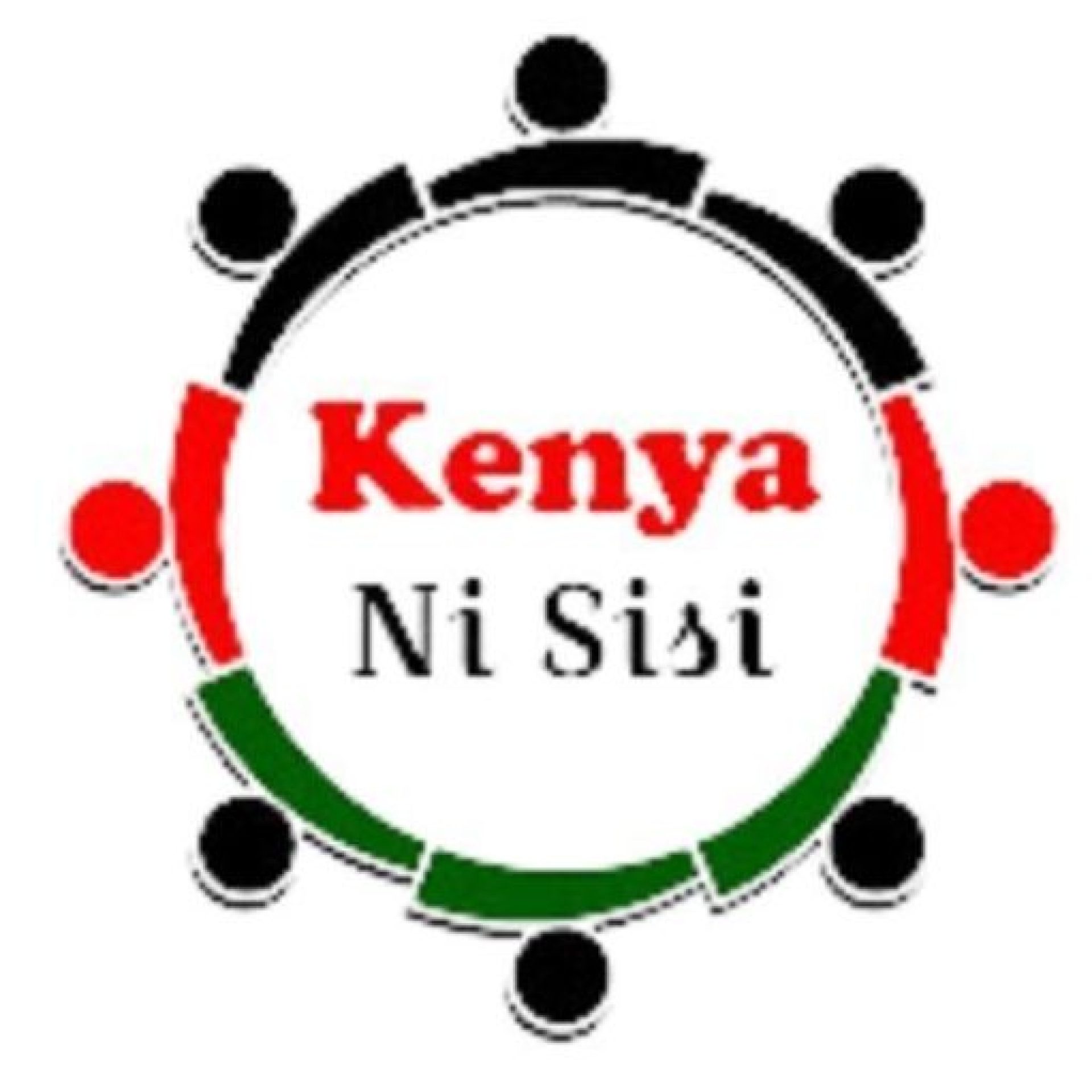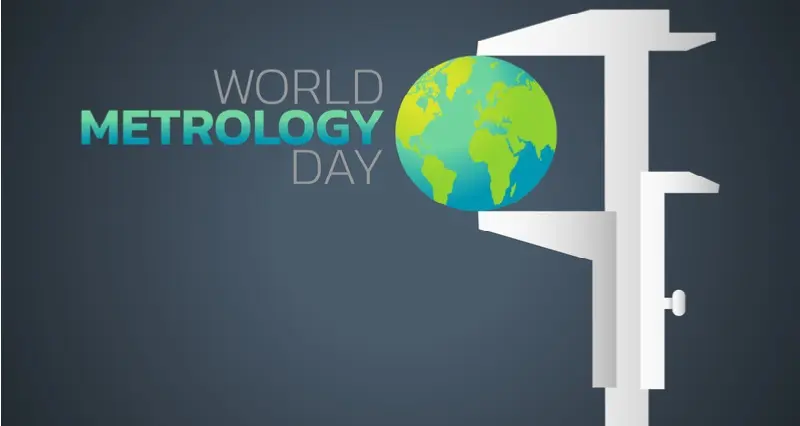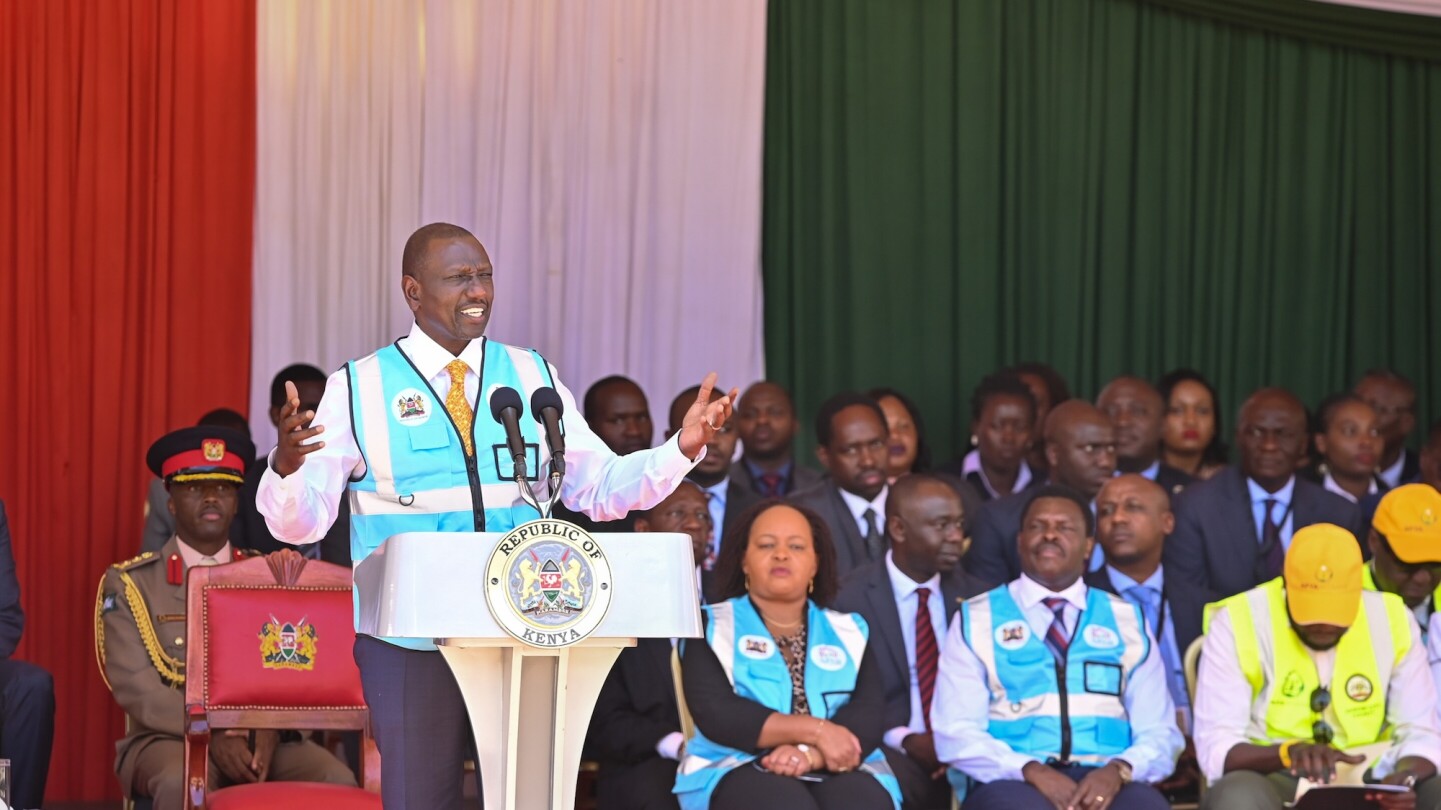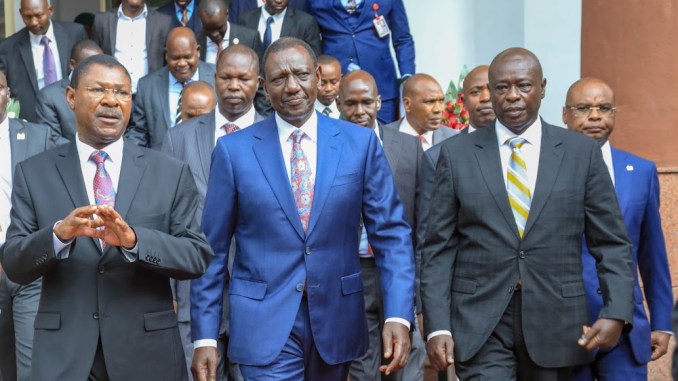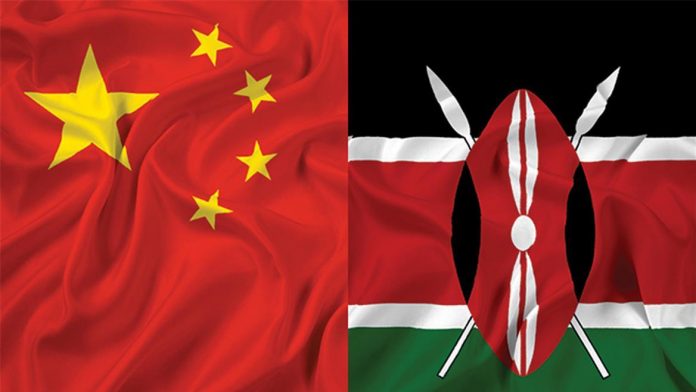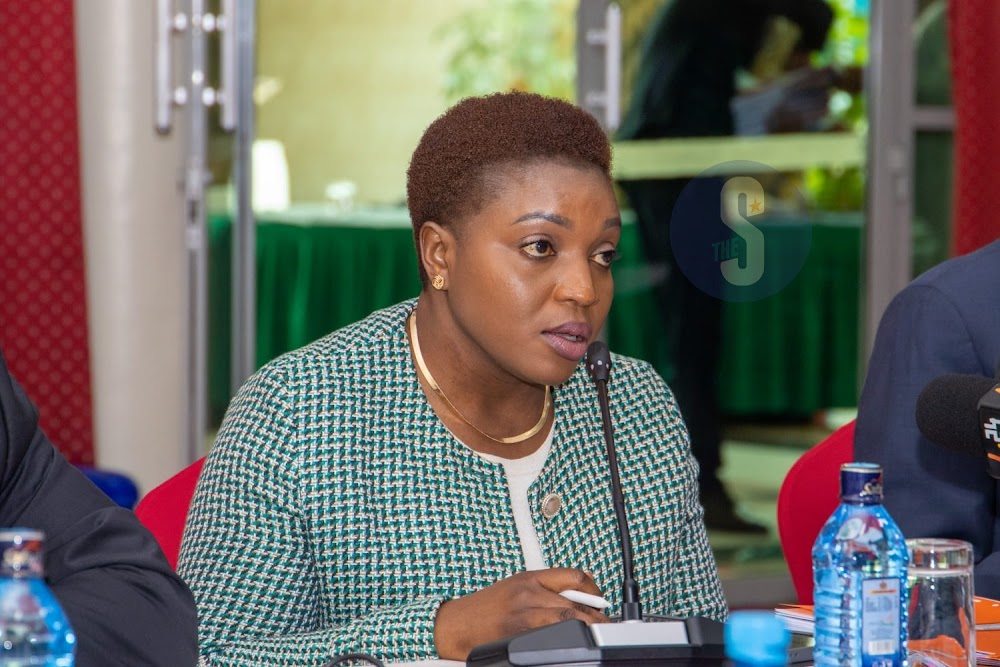Dr. Kipronoh, the Principal Secretary for the State Department of Water recently met with the leaders of Garissa County, for a meeting to discuss the issues and matters relating to water and sanitation in the county. Garissa town with an estimated population of 300,000 Kenyans, consumes about 24,000m3 of water per day.
However, even bordering the Tana River, Garissa is still experiencing acute water scarcity. During the meeting, the are MPs made a request to the national government to help rehabilitate the water pipeline in the county, requesting that the government send a team of technical engineers to assess the feasibility for construction of dams in Ijara and Lagdera Constituencies.
As the population in Garissa are a pastoralists, the county leadership also requested that the Ministry provide the county with collapsible water storages.
The PS made a couple of promises to the Garissa leadership in this regard of solving the water shortage in the county.
The Kenya Kwanza government together with the Ministry of Water would send in a qualified team of technical engineers to conduct the feasibility studies for the construction of dams in the constituencies the MPs requested. The President has made the promise to have about 100 damns built across the country to mitigate drought and water shortages. These dams will supplement the exercise with Water for Schools program.
Devolution has increased the rural- urban migration in the county, with many Kenyans moving to Garissa town to the county headquarters.
The PS together with the area leadership also made a plan of action to visit the most affected areas as well as for the rehabilitation of the of the old water plant in order to serve the Kenyan people of Garissa after the technical reviews.
The PS also encouraged the leaders to support the people Garissa in whatever ways they can to alleviate some of these issues.
The Kenya Kwanza government is a service centric government that seeks to solve challenges such as the water shortages experience by the people of Garissa. Having conversations with the grassroots as the President does is one of the best ways to mitigate such problems and to see the best possible ways to serve the citizens best. Grassroots leaders are paramount in enabling the government to localize solutions for all citizens of the country.
